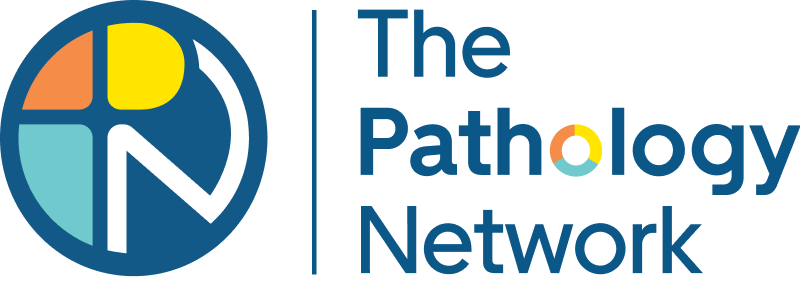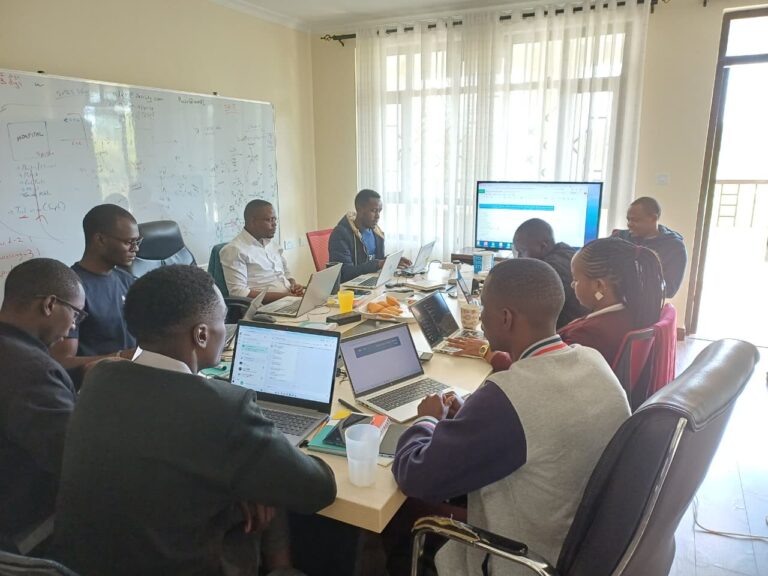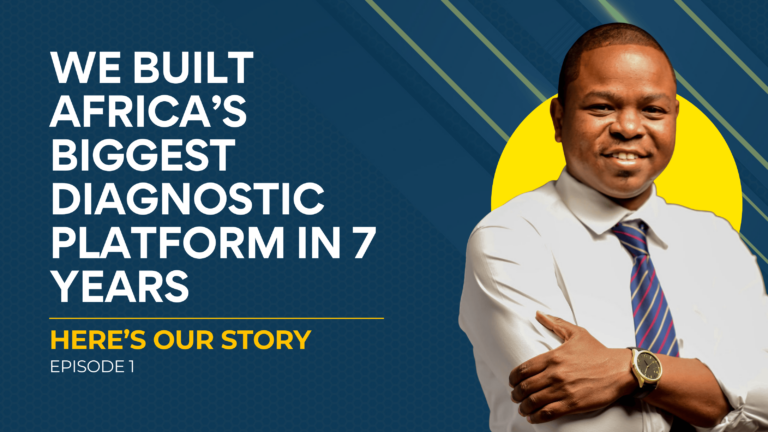
Mind the Gap: How AI Can Help Bridge Africa’s Diagnostic Shortage
Two global heatmaps show a striking disparity. On the left, the number of radiologists per million people. On the right, the number of pathologists per million. The story they tell is clear: diagnostic professionals are dramatically under-represented across Africa, with ratios as low as 1 per million — or worse.
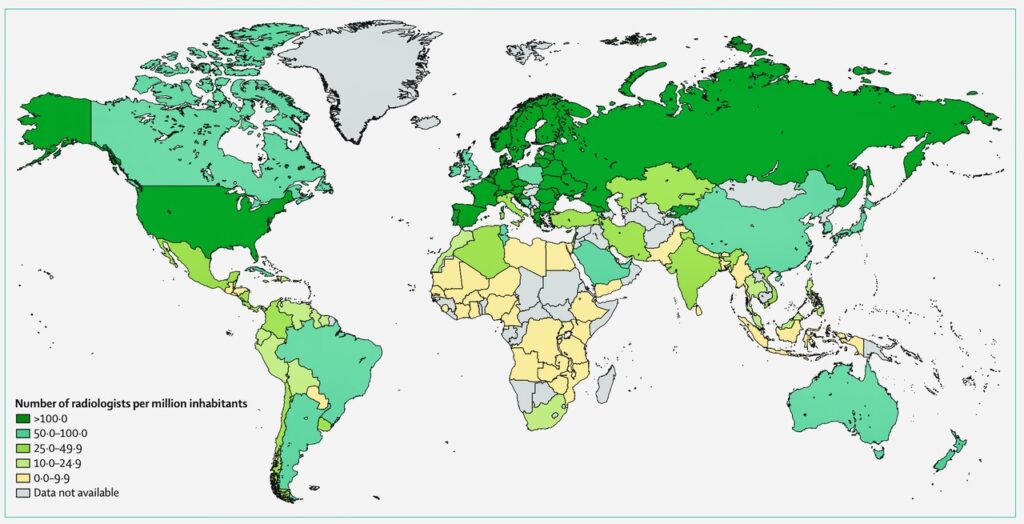
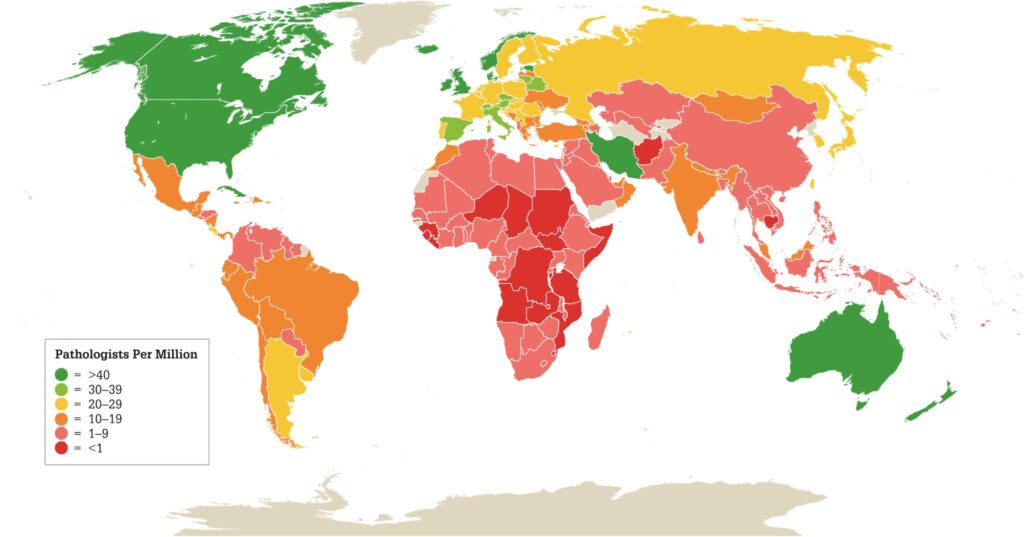
Both radiology and pathology are foundational to evidence-based medicine. Without them, clinicians must operate with limited information, delaying or misdirecting treatment, and impacting patient outcomes across the continent.
But in this gap lies a sliver of hope: these same diagnostic fields are among the most promising applications for AI in healthcare.
Artificial intelligence, particularly in image analysis and pattern recognition, can augment human expertise — or fill its absence. In areas with too few specialists, AI has the potential to assist frontline clinicians, flag abnormalities, and improve the speed and accuracy of diagnosis.
However, deploying diagnostic AI effectively in rural African settings is not a plug-and-play process.
To make AI work at scale for patients, we need:
Improved internet penetration for real-time data and image transfer
Healthcare worker education and trust in AI-supported decision-making
Robust regulatory policies for patient safety and data governance
Reliable supply chains for diagnostic equipment and consumables
Process standardisation to ensure quality and consistency
Some countries are making strong progress. Others are still laying the groundwork. But the vision is clear: a more equitable distribution of diagnostic services across Africa.
As we move forward, let’s keep our eyes on the true goal — closing the diagnostic gap between what is needed and what is currently available.

